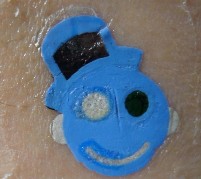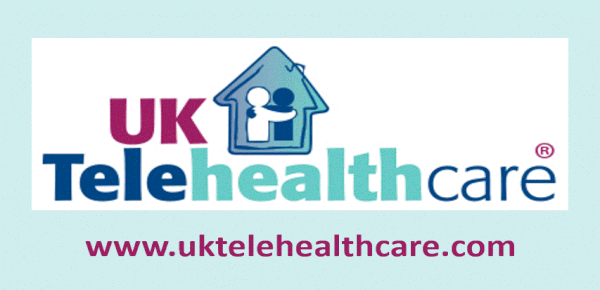Neil Versel argues that Editor Donna’s question may very well be an understatement. To those of us in the technology community, the ‘button’ is a relic of an earlier time (and in the US, a reminder of an inadvertently funny ‘schlock shock’ commercial of the late ’70s). Starting in 2005, behavioral telecare elevated standards of safety (QuietCare then HealthSense, GrandCare, WellAWARE, etc.), and then fall detectors, telehealth-based care management and countless mHealth apps further raised the bar. The technology parade has passed PERS by. But to the implementers, the carers and community executives, the plain-jane PERS alert button remains a mainstay of senior housing on both sides of the Atlantic at least. Not that there are not abundant real-world alternatives. Yet more advanced ‘passive PERS’ with a fall detecting accelerometer built in (Philips Auto-Alert, Aerotel GeoSkeeper, AFrame Digital) and behavioral telecare, despite proving greater safety and proactive care metrics, are still in a low stage of adoption. But as Versel points out, PERS can no longer be considered the standard of adequate care, whether at home or in a facility–and moreover, provides little more than the false assurance of safety with the potential of a high, final and unconscionable human cost. Panic buttons for seniors must go (Mobihealthnews)
Update 7 Dec: Editor Steve, in his comments under the article, makes two points: self-reporting safety confirmations (response to automated calls and similar systems) adds another security layer for older people and disabled living alone; current accelerometer-based fall detectors often miss ‘soft’ or gradual falls, especially to the seated or slumped position
Also from Ed. Steve, continuing research in behavioral telecare’s quantification of the early detection of illness is being done by the University of Missouri at two locations in Missouri and Iowa. They are using Microsoft Kinect for gait assessment, which can predict propensity to fall, and are receiving NSF and other Federal funding for this (limited) ongoing research. Originally covered by us back in July [TA 3 July] and updated in this article from (UK) HealthCanal: Sensor Network to Protect the Elderly


 You’ll find the design of this prototype skin sensor out of University of California, San Diego either endearingly goofy or just scary. This paper ‘tattoo’ is actually a solid-contact ion-selective electrode (ISE) made using standard screen printing techniques finished with an electropolymerization process on commercially available transfer tattoo paper. The two ‘eyes’ are actually electrodes which measure perspiration on the skin’s surface to determine stress-related changes in pH and clues to metabolic diseases such as Addison’s, or more simply fatigue or dehydration. The tattoo sticks to even wet skin. It can also measure sodium, potassium and magnesium with different sensing materials. There’s great potential for this not only in sports, but also in assisted living and rehabs where one of the most serious conditions is gradual, invisible dehydration of residents.
You’ll find the design of this prototype skin sensor out of University of California, San Diego either endearingly goofy or just scary. This paper ‘tattoo’ is actually a solid-contact ion-selective electrode (ISE) made using standard screen printing techniques finished with an electropolymerization process on commercially available transfer tattoo paper. The two ‘eyes’ are actually electrodes which measure perspiration on the skin’s surface to determine stress-related changes in pH and clues to metabolic diseases such as Addison’s, or more simply fatigue or dehydration. The tattoo sticks to even wet skin. It can also measure sodium, potassium and magnesium with different sensing materials. There’s great potential for this not only in sports, but also in assisted living and rehabs where one of the most serious conditions is gradual, invisible dehydration of residents.  Are you a clinician who feels overwhelmed by the jillions of one-trick-pony medical apps on your iPad? Is your day characterized by wild mood swings due to frustration (left) in not being able to customize your apps? According to this website, you could be a victim of Medical Apps Disorder*. This clever website and funny video is but a teaser for a new app in phase 3 clinical trials that promises to alleviate said symptoms. Let’s hope the cure lives up to the promise made by app developer Skyscape and info/decision support division Physicians Interactive.
Are you a clinician who feels overwhelmed by the jillions of one-trick-pony medical apps on your iPad? Is your day characterized by wild mood swings due to frustration (left) in not being able to customize your apps? According to this website, you could be a victim of Medical Apps Disorder*. This clever website and funny video is but a teaser for a new app in phase 3 clinical trials that promises to alleviate said symptoms. Let’s hope the cure lives up to the promise made by app developer Skyscape and info/decision support division Physicians Interactive. 



Most Recent Comments